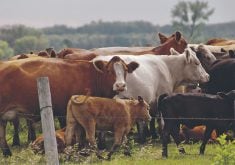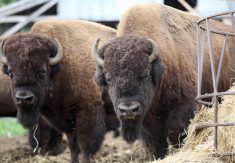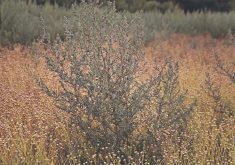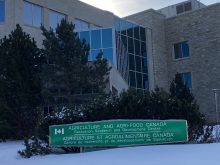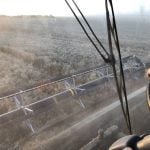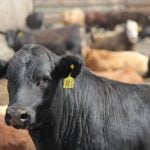CANADA’S grain variety registration system is a little like a restricted access highway.
The highway was built with a specific vehicle in mind. It has four wheels, four doors, carries five passengers in comfort and cruises at 100 kilometres per hour. It is a popular vehicle that has met most needs for a long time. Indeed, it is respected around the world.
An electronic eye at the highway access opens the gate to vehicles with these attributes, but keeps it closed to all others.
However, there is a growing dissatisfaction among highway users. Some want vehicles that travel faster. Others want slower vehicles that carry more passengers, while a few want vehicles that carry only a couple of passengers who are willing to pay a premium fare.
Read Also
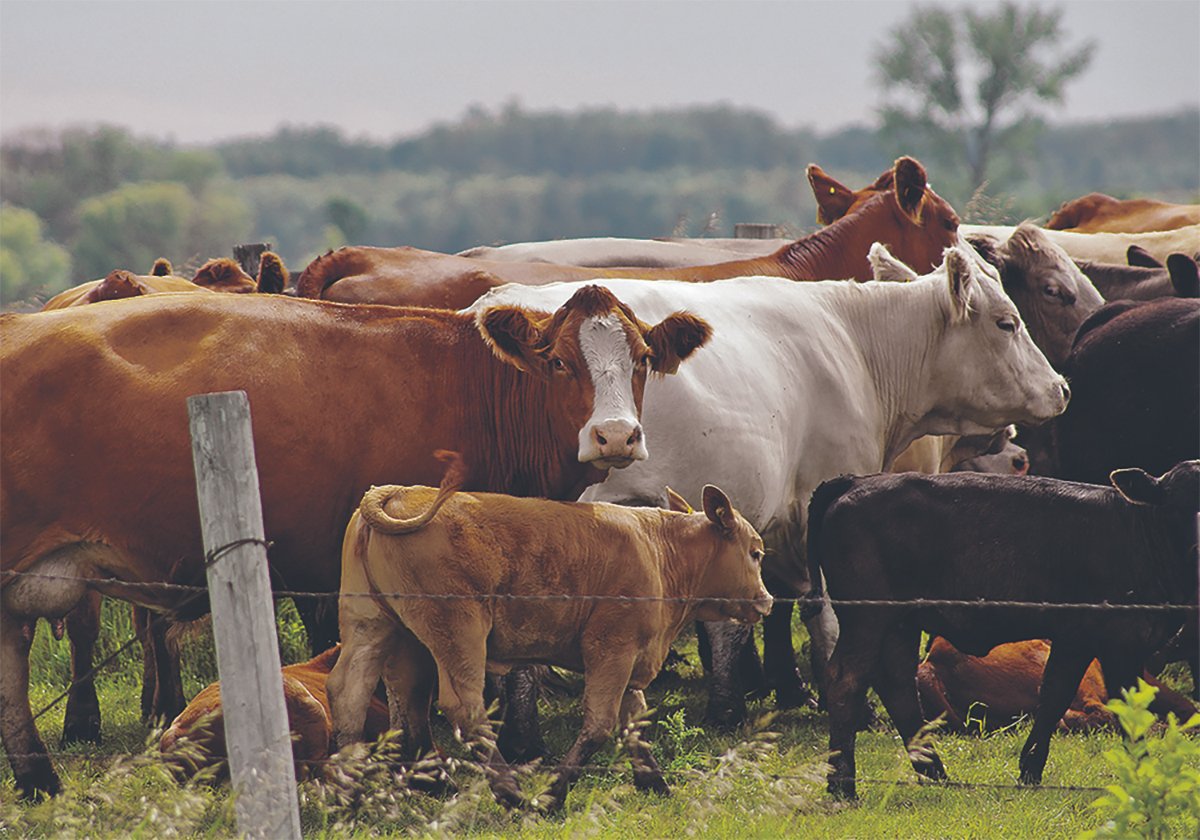
High prices see cow-calf producers rushing to incorporate
Farm accountants are reporting a steady stream of cow-calf producers rushing to get their operations incorporated ahead of selling their calves this fall.
Designers have worked out a range of new vehicles and technological breakthroughs promise that even more variations are within reach. But they can’t get on the highway because the gate recognizes only the four wheel, five passenger unit.
That’s the type of situation that faced the Prairie Registration Recommending Committee for Grain when it met in Saskatoon in late February.
It approved some promising new “vehicles” but others, like Alsen wheat, were rejected because, despite some valuable attributes, they don’t fit the class description.
Alsen is an American-bred wheat with superior resistance to fusarium head blight, a particularly severe disease in wetter regions of the Prairies. Because of that, it has become the most popular spring wheat in North Dakota.
However, it does not meet the parameters of the Canadian Western Hard Red Spring wheat class in attributes such as kernel hardness and flour colour.
It also runs afoul of KVD or kernel visual distinguishability. The kernels in each class of Canadian wheat have a certain look, allowing inspectors to quickly identify them and reject unregistered types that would lower the standards of the class and upset buyers.
Because Alsen looks like a CWRS wheat but doesn’t have its qualities, it couldn’t become a registered variety.
And in its failure, it joined other promising varieties such as HY644, a high yield, fusarium resistant Canadian Prairie Spring wheat.
The registration system preserves the quality that distinguishes Canadian wheat, but it frustrates an increasing number of farmers and crop breeders.
Producers battling fusarium are only the clearest losers.
As western Canadian farming becomes more diversified and crop breeding technology becomes more sophisticated, the limitations of the variety registration process and KVD will become more obvious.
The livestock and fledgling ethanol industries need high yield wheat. Other industrial opportunities, as well as organic and specialty markets, may also demand new wheat types.
The need to conform to KVD makes these goals harder to achieve.
One proposal to replace KVD was variety eligibility declaration, a sampling and signed declaration system that would provide a paper trail confirming the variety from producer to end user.
But after consultation and independent study, the Canadian Grain Commission rejected it as too costly.
So what happens now?
In the long term, technology based on DNA fingerprinting will probably replace KVD, but a fast and affordable test does not exist. More resources should be allocated to speed the search.
In the meantime, some improvement may come from PRRCG’s decision in February to reorganize itself. The reorganization proposal calls for each grain subcommittee to handle policies and procedures only for its own grain.
In other words, wheat would handle wheat, barley handle barley and so on.
But generally the registration process has lost its bearings. A federal review was proceeding, but the situation has become so muddied even it has stalled.
Undoubtedly the balancing act between preserving current quality standards and the need to foster innovation is a fine one.
The task of re-establishing that balance would become easier if there was a clearer vision of where the industry wants to be in the future.
Returning to our analogy, we are building a new highway for the 21st century. Only when we agree upon its destination can we design effective rules of the road.


